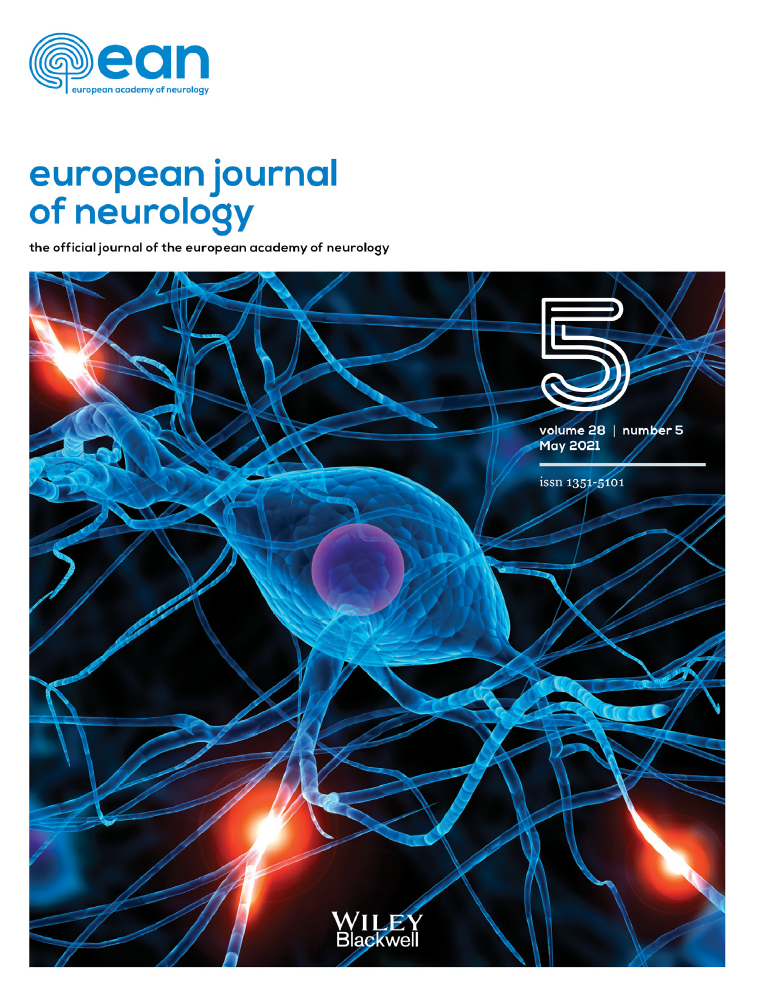Video quality using outpatient smartphone videos in epilepsy: Results from the OSmartViE study
Abstract
Background and purpose
The aim of this study was to evaluate the quality of smartphone videos (SVs) of neurologic events in adult epilepsy outpatients. The use of home video recording in patients with neurological disease states is increasing. Experts interpretation of outpatient smartphone videos of seizures and neurological events has demonstrated similar diagnostic accuracy to inpatient video-electroencephalography (EEG) monitoring.
Methods
A prospective, multicenter cohort study was conducted to evaluate SV quality in patients with paroxysmal neurologic events from August 15, 2015 through August 31, 2018. Epileptic seizures (ESs), psychogenic nonepileptic attacks (PNEAs), and physiologic nonepileptic events (PhysNEEs) were confirmed by video-EEG monitoring. Experts and senior neurology residents blindly viewed cloud-based SVs without clinical information. Quality ratings with regard to technical and operator-driven metrics were provided in responses to a survey.
Results
Forty-four patients (31 women, age 45.1 years [r = 20–82]) were included and 530 SVs were viewed by a mean of seven experts and six residents; one video per patient was reviewed for a mean of 133.8 s (r = 9–543). In all, 30 patients had PNEAs, 11 had ESs, and three had PhysNEEs. Quality was suitable in 70.8% of SVs (375/530 total views), with 36/44 (81.8%) patient SVs rated as adequate by the majority of reviewers. Accuracy improved with the presence of convulsive features from 72.4% to 98.2% in ESs and from 71.1% to 95.7% in PNEAs. An accurate diagnosis was given by all reviewers (100%) in 11/44 SVs (all PNEAs). Audio was rated as good by 86.2% of reviewers for these SVs compared with 75.4% for the remaining SVs (p = 0.01). Lighting was better in SVs associated with high accuracy (p = 0.06), but clarity was not (p = 0.59). Poor video quality yielded unknown diagnoses in 24.2% of the SVs reviewed. Features hindering diagnosis were limited interactivity, restricted field of view and short video duration.
Conclusions
Smartphone video quality is adequate for clinical interpretation in the majority of patients with paroxysmal neurologic events. Quality can be optimized by encouraging interactivity with the patient, adequate duration of the SV, and enlarged field of view during videography. Quality limitations were primarily operational though accuracy remained for SV review of ESs and PNEAs.
Open Research
DATA AVAILABILITY STATEMENT
The data that support the findings of this study are available on request from the corresponding author. The data are not publicly available due to privacy or ethical restrictions.




